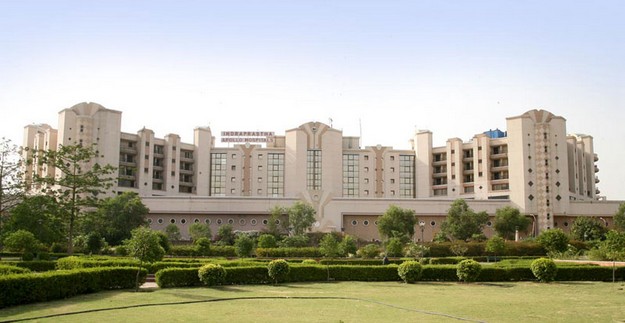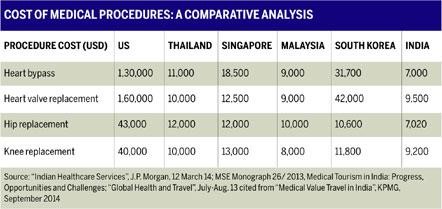Growth Drivers for the Indian Medical Device Market

In my third post, I’ll be looking at the three most salient factors driving growth in the Indian medical device market. This is not meant to be a comprehensive list of all growth factors, but rather to provide you a basic overview of why the Indian medical device market will continue to rapidly expand in the coming years.
1) The changing medical technology landscape, in India and at large
Increasingly advanced medical technology creates new markets and new applications. This in turn expands the demand for new treatments and techniques. The orthopedic segment, for instance, has grown quickly since new implant materials and improved surgical techniques for joint replacement. A similar example applies to diagnostics: new and reliable diagnostic technology has forced the medical community to increase their reliance on diagnoses. Further, introduction of latest technology also cause the rapid obsolescence of existing medical technology, much of which in India is very outdated.
Another relevant factor for India is medical tourism. Costs for procedures ranging from hip replacement to heart valve replacement are far lower than most other countries (see figure 1). Medical tourism is being promoted by the government and stimulated by the boom in medical care. India is beginning to emerge as a hub for medical tourism hub not just in the region, but across the globe. Medical tourists demand high-quality care, driving driven private care providers to upgrade their medical technology infrastructure.
In recent years, more educated and wealthier Indian consumer is likewise becoming aware about latest medical technologies available on the market (though, as I will detail in a later post, this awareness does not hold true for all Indian medical consumers). Demand for new technologies, techniques and materials are therefore driven by both domestic and international demand.

2) The pressing need to improve healthcare delivery and capacity
According to an analysis undertaken by the Confederation of Indian Industry and Deloitte, India will need as many as 1.75 million more hospital beds by 2025, and that the public sector could contribute only 15–20% to this figure. The US has one bed for every 350 patients, in contrast to India, which has one bed for every 1,050 patients. To match the standards of more developed countries, India will have to add 100,000 beds this decade, at an investment of $50 billion, according to Pratap Reddy, the founder of the Apollo Hospital group.
Private providers are entering the healthcare delivery space to meet this tremendous additional demand, including many large international providers. The entry of new players to the market has made the private healthcare space extremely competitive. As a result, demand for medical technology that is up to Western standards is coming not just from new entrants, but also from existing ones, all of whom are upgrading infrastructure and building new hospitals to effectively compete in the market.
Most Indian private care providers are seeking accreditation of hospitals to cater to the demand for quality healthcare (also tied to the growth of medical tourism discussed above). Meanwhile the spread of private health insurance in the country leads to increased coverage of costly medical procedures, enabling a larger percentage of the population to demand quality healthcare. This in turn has driven up demand for medical technology because insurers require accreditation by hospitals. To receive accreditation, Indian hospitals must update their existing diagnostic technology to comply with the accreditation requirements.
3) India’s changing patient profile: living longer, with more to spend on health
Improved standards of living and advances in medicine have increased life expectancy at birth from 58.2 years in 1990 to 63.7 years in 2008. The proportion of aged population is increasing, creating upward pressure on demand for healthcare. The population over 65 year old will grow from 5 percent in 2005 to 15 percent in 2030. As India’s population grows—and ages—more people will inevitably need access to better quality healthcare and sophisticated technology to combat so-called “lifestyle diseases” and non-communicable diseases like diabetes.
Fortunately, they will have more disposable income and a better overall standard of living. India’s per capita income doubled during 2000- 2008, and the share of healthcare expenditure in household consumption has concurrently increased. As mentioned above and in my first post, a far greater number of people can now afford better quality healthcare. The increasingly affluent population in major Indian cities is a major growth driver for advanced medical technologies.
I hope you’ve enjoyed this post. Please check back here regularly for updates. If you have any questions, or have an idea for a topic you’d like to see covered here, please contact me at info@bluesaltgroup.com Send Mail
